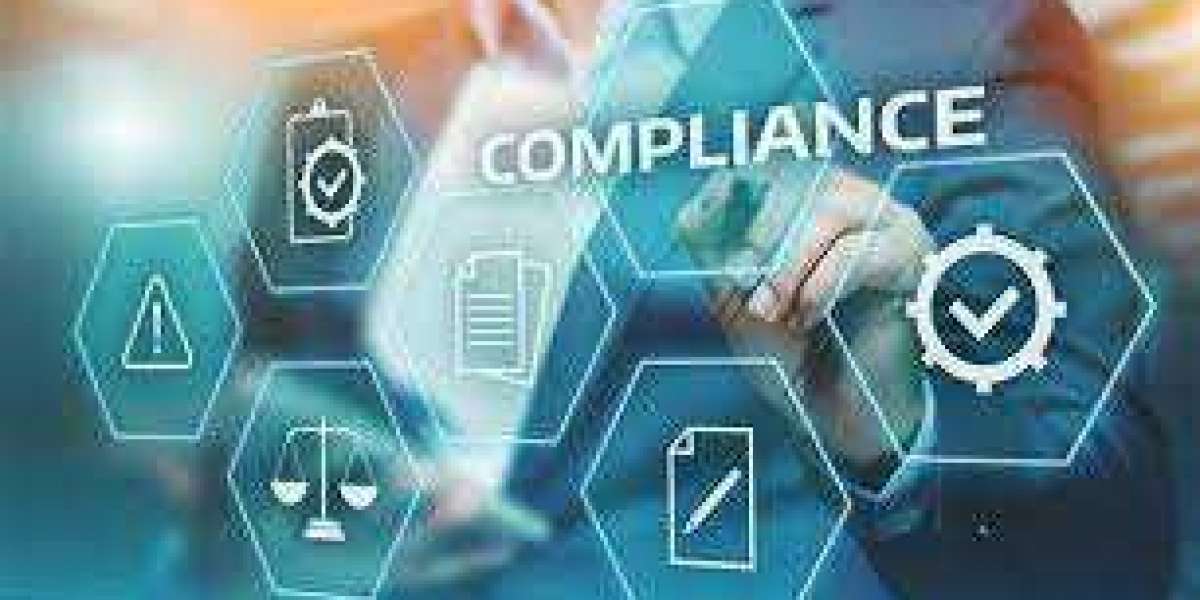Before undertaking an ISO audit with an external auditor, an ISO 27001 internal audit comprises assessing an organization's Information Security Management System (ISMS). The internal audit's goal is to detect gaps or shortcomings in an organization's ISMS that might hinder its ability to accomplish its goals and pass an initial or yearly ISO 27001 certification audit.
The ISO 27001 standard mandates the implementation of an internal audit function. Unlike a certification review, where an organisation must engage an external third party to conduct the audit, an audit can be conducted by either internal personnel or an independent third party—such as a consulting firm.
Before undertaking an ISO audit with an external auditor, an ISO 27001 internal audit comprises assessing an organization's Information Security Management System (ISMS). The internal audit's goal is to detect gaps or shortcomings in an organization's ISMS that might hinder its ability to accomplish its goals and pass an initial or yearly ISO 27001 certification audit.
The ISO 27001 standard mandates the implementation of an internal audit function. Unlike a certification review, where an organisation must engage an external third party to conduct the audit, an audit can be conducted by either internal personnel or an independent third party—such as a consulting firm.
What is an ISO 27001 risk assessment?
An ISO 27001 risk assessment is designed to assist a company in identifying, analysing, and evaluating flaws in its information security systems and procedures.
A successful risk assessment process will help organizations:
- Identify and understand specific scenarios in which information, systems, or services could be compromised or affected
- Determine the likelihood or probable frequency with which these scenarios could occur
- Evaluate the impact each scenario could cause to the confidentiality, integrity, or availability of the information, systems, and services
- Rank risk scenarios based on overall risk to the organization’s objectives
To ensure an effective risk assessment, an organization will need to establish a risk management framework. This framework should be documented as a policy or procedure to ensure a consistent methodology when analyzing, communicating, and treating risks.








